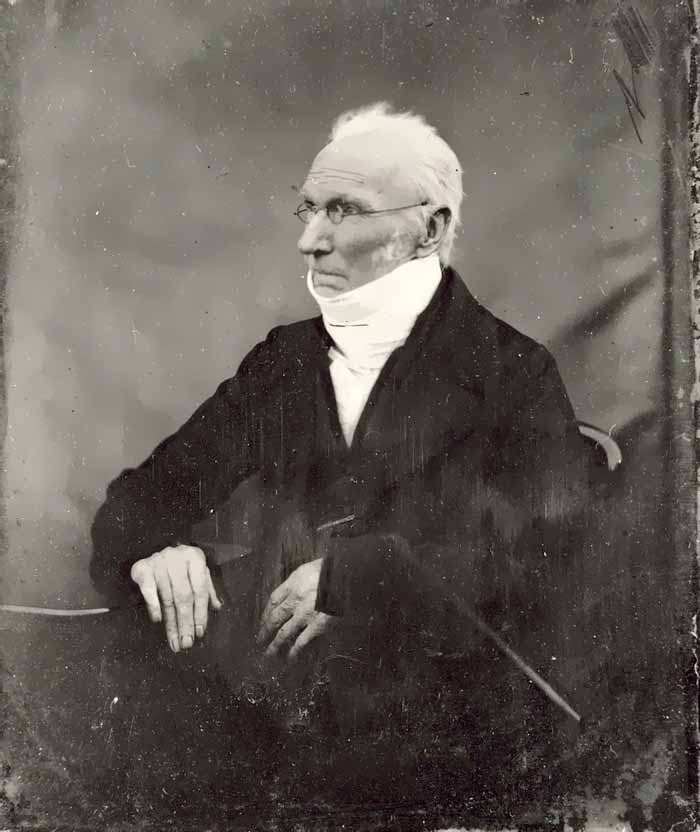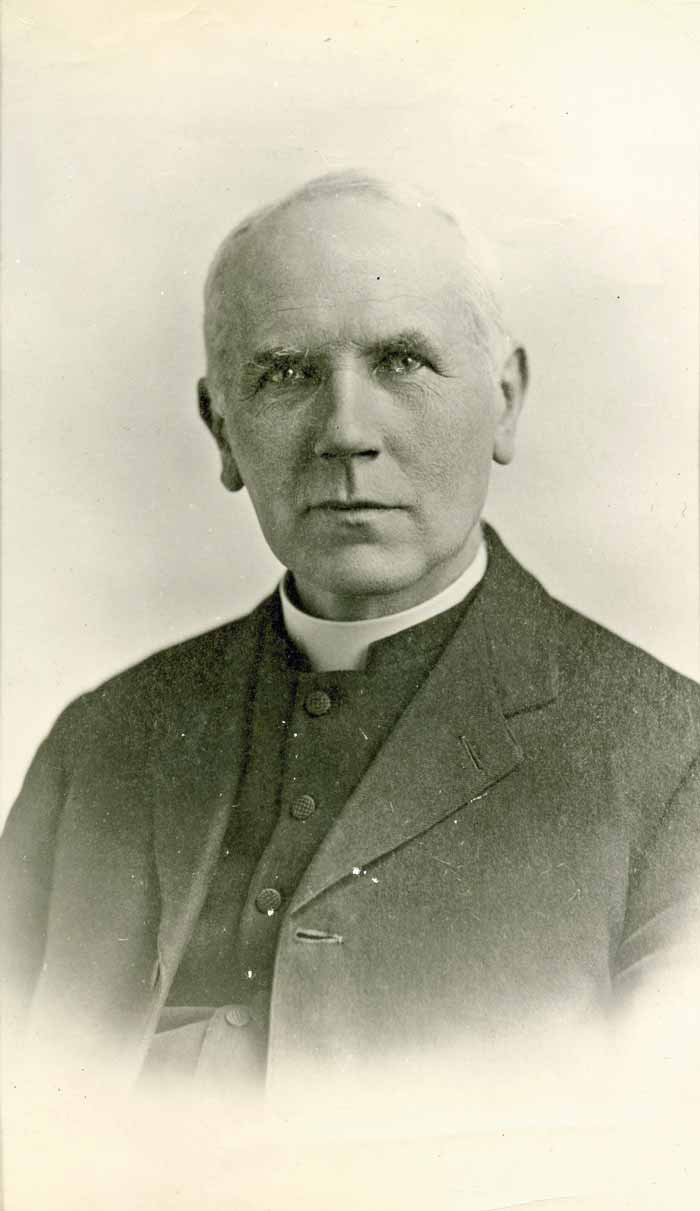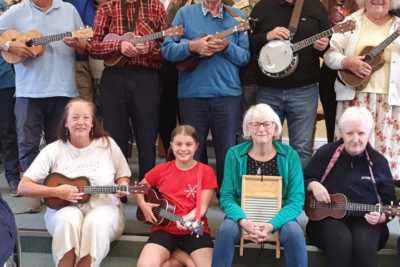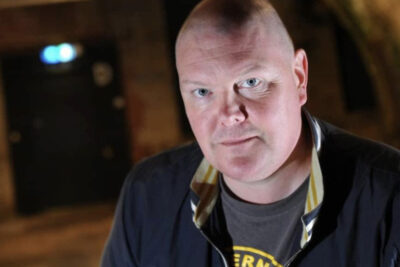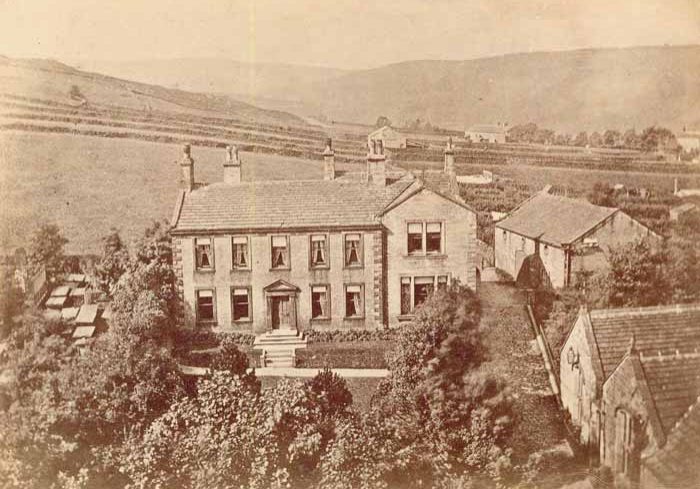
At Home with the Brontës – The Brontë Story
by Northern Life
The Brontë Parsonage in Haworth is a well known and well loved place for locals and visitors a-like. It is famous for being the home of the Brontë sisters and the surrounding areas inspiring their work. Ann Dinsdale who works at the Parsonage, is a fountain of knowledge on all things Brontë and with this in mind, she takes us through the different families and curators that have lived at the Parsonage over the years, from the 1800’s to the present day, Ann gives us a run-down on the legacy that followed the Brontës and how it has changed the face of tourism in Haworth today…
The Brontë story is well known but worthy of repetition. Patrick Brontë had been born on 17 March 1777 (St Patrick’s Day), in a two-room cabin at Emdale, in the parish of Drumballyroney, in County Down. The family’s original name is uncertain and usually appears in surviving records as ‘Brunty’ or ‘Prunty’. Driven by ambition, Patrick set about acquiring the education which would enable him to leave his humble origins far behind. His hard-won education earned him a place at St John’s College, Cambridge, where he enrolled as an undergraduate in 1802.
Following his wife’s death shortly after the move to Haworth, Patrick Brontë was faced with the daunting prospect of a sprawling parish to administer and six young children to support and educate.
Throughout Patrick’s academic career his abilities attracted the attention of several influential sponsors, including William Wilberforce, the anti-slavery campaigner. This important new phase of his life was marked by a change of name; Patrick became Brontë instead of Brunty. It has been suggested that he was emulating his hero Nelson, who had recently been created Duke of Bronte; bronte is also the Greek word for thunder, an appropriate choice for a young man at the start of his career. It seems that Patrick had already decided on a career in the church, and following ordination, he held curacies at Wethersfield in Essex and then Wellington in Shropshire, before moving north to Dewsbury, Hartshead-cum-Clifton and Thornton, near Bradford, ending with his final move to Haworth in 1820. By the time he arrived in Haworth Mr Brontë had married Maria Branwell, daughter of a prosperous Cornish merchant, who was visiting relatives in West Yorkshire when they met. Following a whirlwind courtship, the couple married and their six children were born in quick succession: Maria (1814), Elizabeth (1815), Charlotte (1816), Patrick Branwell (1817), Emily Jane (1818) and Anne (1820).
Following his wife’s death shortly after the move to Haworth, Patrick Brontë was faced with the daunting prospect of a sprawling parish to administer and six young children to support and educate. The opening of a new school within travelling distance of Haworth and intended for the daughters of impoverished clergymen must have seemed a perfect solution. The school was at Cowan Bridge, near Kirkby Lonsdale, and the two eldest Brontë girls, Maria and Elizabeth, were sent there in 1824, followed soon after by Charlotte and Emily. The school regime was extremely harsh, and first Maria, then Elizabeth, were sent home with ill health, and died within a few weeks of each other aged just 11 and 10 years. Charlotte and Emily were withdrawn from the school and for the next few years remained at home, sharing Branwell’s lessons with their father.
In January 1831 Charlotte, aged 14, was sent to Miss Wooler’s school at Roe Head, near Mirfield. She worked hard, carrying away a silver medal for achievement when she left the following year. It was at Roe Head that she met her lifelong friends Mary Taylor and Ellen Nussey. She eventually returned to the school as a teacher, taking first Emily then Anne as pupils. Lacking fortune and connections meant that the sisters were unlikely to attract husbands to support them. Careers in the professions were not open to women, and working-class occupations were also out of the question. The only career option which would not incur a loss of social status was teaching, and over the next few years the sisters spent unhappy periods working away from home as governesses.
- One of several photographs of Patrick Brontë taken late in his life.
- The Reverend John Wade, who became Perpetual Curate at Haworth in 1861, following the death of Patrick Brontë.
- Thomas William Story, Rector of Haworth, 1898-1919.
- John Crosland Hirst (right), Rector of Haworth from 1925-47, in the Parsonage garden with Mr Aaron Fielding. Hirst was the last incumbent to occupy Haworth Parsonage before it became the Brontë Parsonage Museum in 1928.
- Sir James Roberts purchased Haworth Parsonage in 1928, and on 4th August thousands turned out for the official opening of the Brontë Parsonage Museum.
- The Mitchell family pictured in their sitting room at the Parsonage, c. 1943. Left to right: Raymond, Mrs Mitchell, Eric, Mr Mitchell and Trevor.
- Mr and Mrs Raistrick in the Parsonage flat with their grandchildren, Christmas 1969.
In an attempt to escape the dreary lives of governesses, the sisters decided to set up a school of their own at the Parsonage. Charlotte decided that before they put their plan into action, she and Emily should spend time at a school on the Continent. In February 1842, supported by their aunt’s money, Charlotte and Emily travelled to Brussels to study at the Pensionnat Heger, a well-respected girls’ school. Although the reason Charlotte gave her aunt for wishing to go abroad was to improve their language skills and enhance the appeal of their school, the full truth seems to be that she had been tempted by descriptions of Brussels in the letters of her friend Mary Taylor, who was already studying there, and longed to spread her wings. The directress of the school was Madame Zoë Claire Heger, and her husband, Constantin, who taught French literature to the girls, soon became aware of the Brontës’ outstanding abilities. Heger’s influence on Emily is difficult to assess, but his lessons were fundamental to Charlotte’s emergence as a great writer.
Wuthering Heights and Anne’s second novel, The Tenant of Wildfell Hall, were considered ‘coarse’; ‘lady-readers’ were warned against them.
In the autumn of 1845, the Brontë sisters found themselves unemployed and together at the Parsonage. When Charlotte discovered a notebook containing Emily’s poems she was struck by their quality. ‘Something more than surprise seized me,’ she later wrote, ‘a deep conviction that these were not common effusions, nor at all like the poetry women generally write. I thought them condensed and terse, vigorous and genuine. To my ear, they had also a peculiar music – wild, melancholy and elevating.’ Anne had also written poetry, and Charlotte found that ‘these verses too had a sweet pathos of their own’. She immediately hatched a plan to publish a selection of poems by all three sisters.
The first Brontë novels were published in 1847 following many years of literary activity beginning in childhood.
Emily’s Wuthering Heights and Anne’s Agnes Grey had already been accepted for publication by Thomas Cautley Newby. It was agreed that the authors would pay the sum of £50 which Newby undertook to refund when a sufficient number of copies had sold. The two novels were published together as a three-volume set in December 1847. The phenomenal success of Jane Eyre aroused a great deal of speculation over the identity of its author, Currer Bell, which was fuelled by the appearance of further ‘Bell’ novels.
Wuthering Heights and Anne’s second novel, The Tenant of Wildfell Hall, were considered ‘coarse’; ‘lady-readers’ were warned against them. An anonymous reviewer for Paterson’s Magazine advised readers to ‘read Jane Eyre… but burn Wuthering Heights’. Reviews of Jane Eyre, which had been favourable at first, began to reflect the shocked condemnation levelled at the works of Ellis and Acton. The works of all three authors were seen as flawed in their depiction of wild characters and violent scenes, although reviewers were forced to acknowledge the power and originality of the Bells’ writing, and the books continued to sell.
Branwell died suddenly on 24 September 1848, aged 31. Soon after, Emily and Anne became ill. In fact both sisters were dying from tuberculosis, and after Branwell’s funeral, Emily never left the Parsonage again. She died on 19 December 1848, at the age of 30. Anne was anxious to try a sea cure, and on 24 May 1849, accompanied by Charlotte and Ellen Nussey, she set out for Scarborough, where she died just four days later at the age of 29. To spare her father the anguish of another family funeral, Charlotte had her sister buried in Scarborough, then returned to Haworth alone.
Charlotte outlived her sisters by six years and produced two further novels: Shirley, published in 1849, and Villette, published in 1853. The Professor was finally published in 1857, two years after Charlotte’s death. In 1854 Charlotte accepted a proposal from her father’s curate, Arthur Bell Nicholls, and the couple were married in Haworth Church on 29 June 1854. The marriage was happy, although short-lived. Charlotte Brontë died on 31 March 1855, in the early stages of pregnancy.
Mr Brontë lived on at the Parsonage for the remaining six years of his life, cared for by his son-in-law. In a letter written to the Right Reverend Lord Bishop of Ripon, Patrick Brontë wrote; ‘I have lived long enough to bury a beloved wife, and six children – all that I had – I greatly enjoyed their conversation and company, and many of them were well fitted for being companions to the wisest and best – now they are all gone – their image and memory remain, and meet me at every turn – but they themselves have left me, a bereaved old man.’
It is usually forgotten that Haworth Parsonage has also been home to several other families. After his death the Parsonage became home to four museum custodians and their families. All of these later occupants witnessed the development of tourism in Haworth, which had begun in Mr Bronte’s own lifetime, and experienced the trials and tribulations of living in a literary shrine.
At Home with the Brontës is available from Amazon for £14.99.

